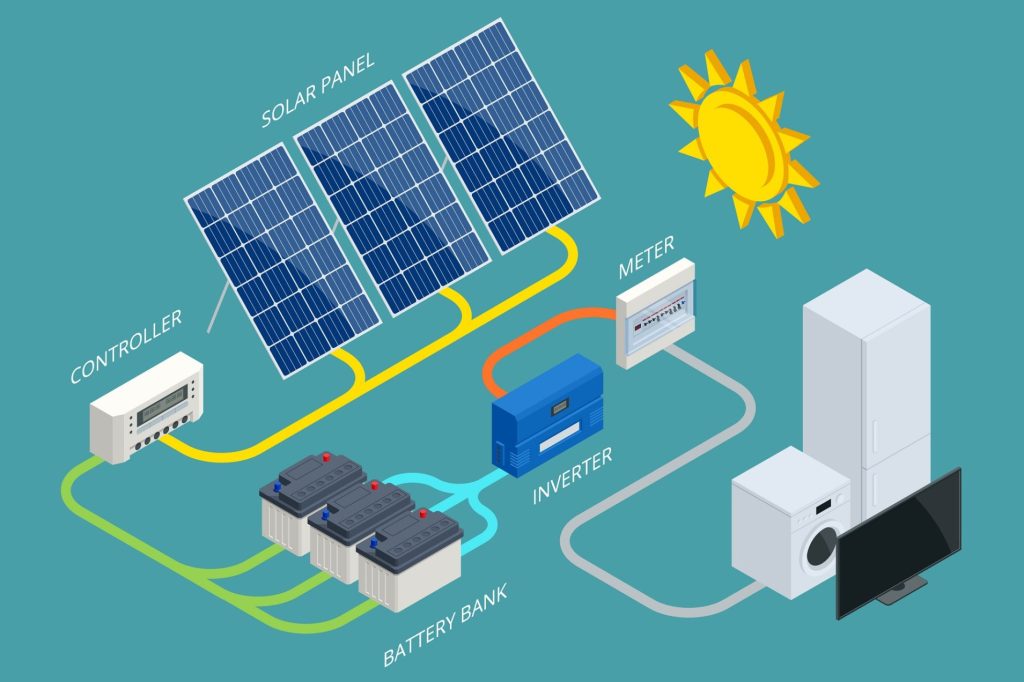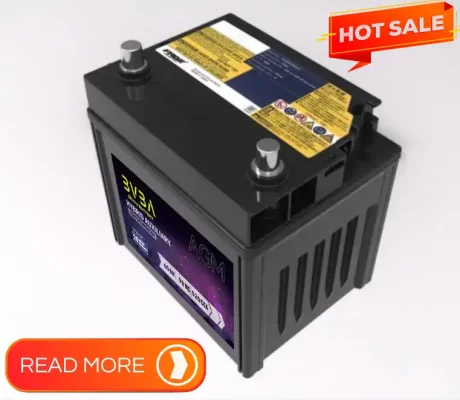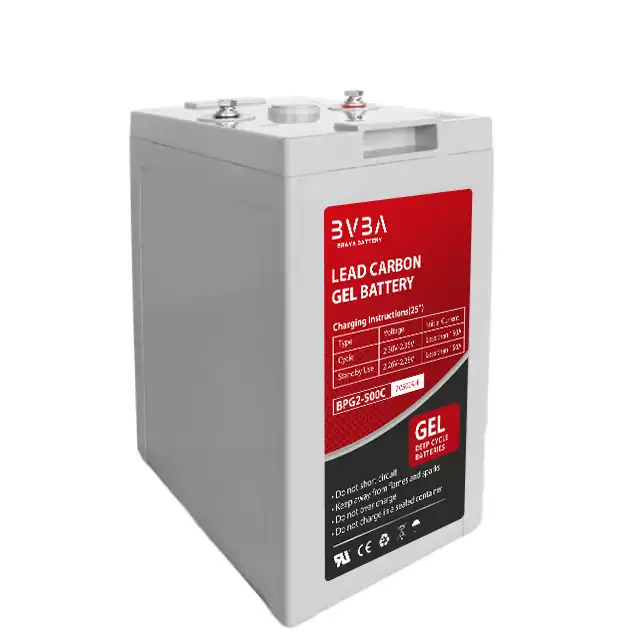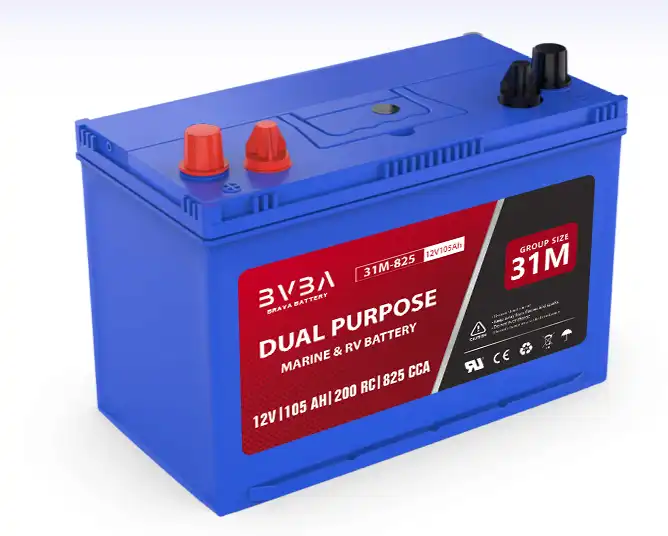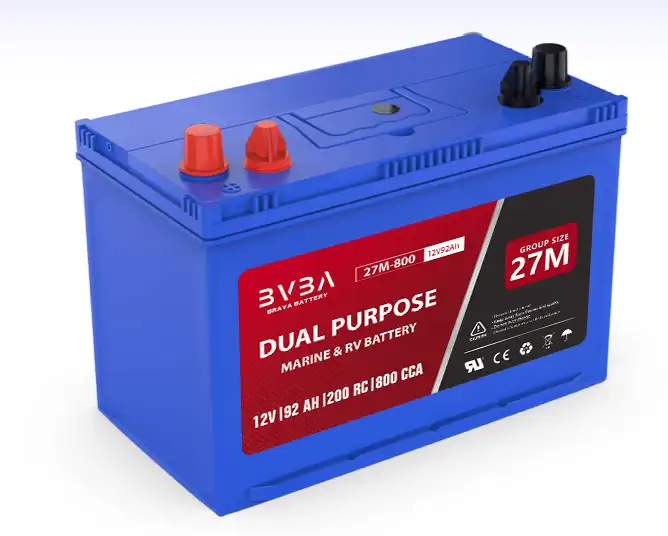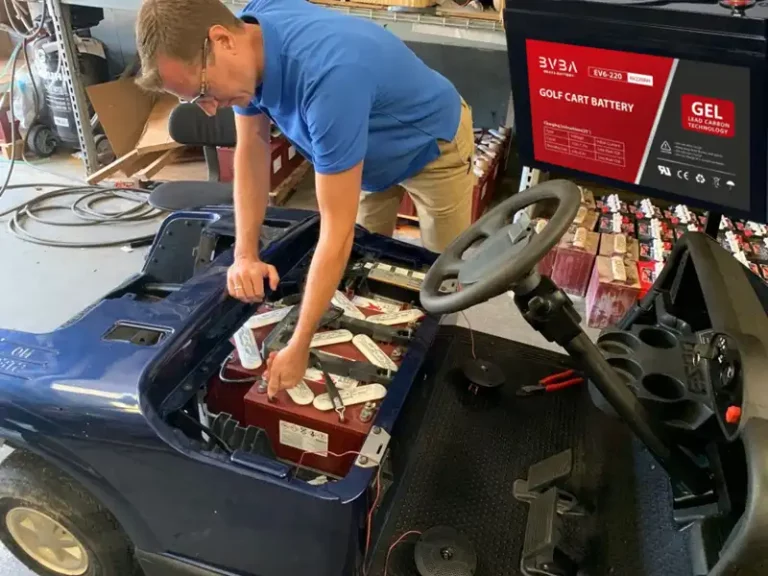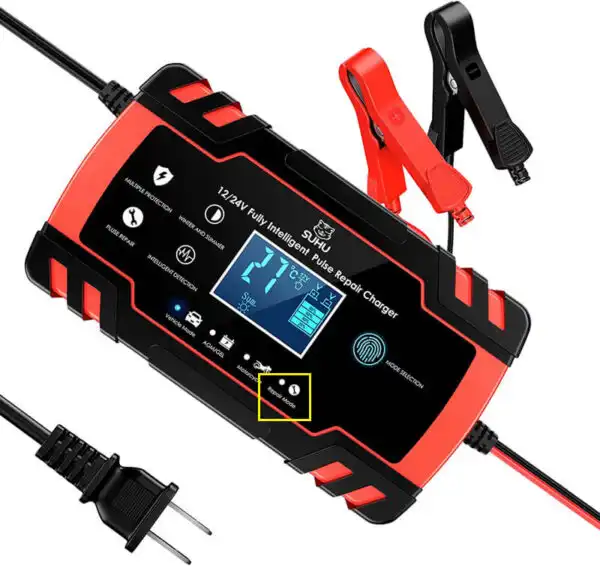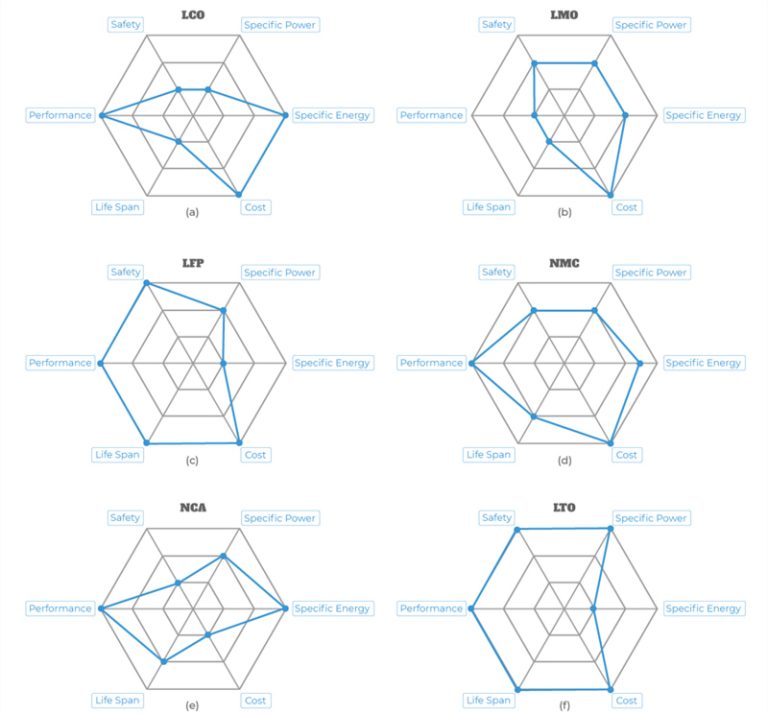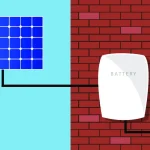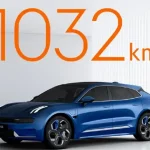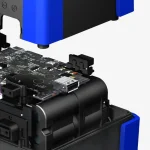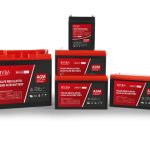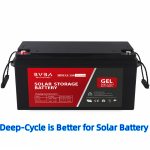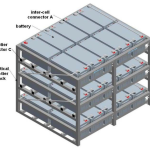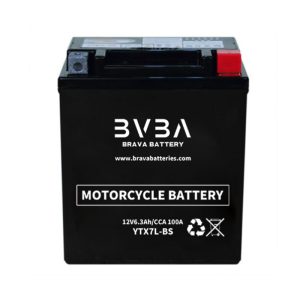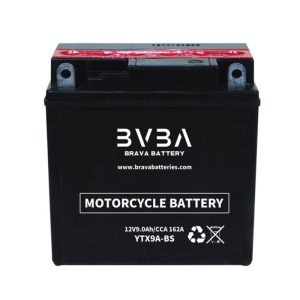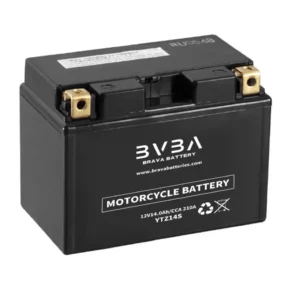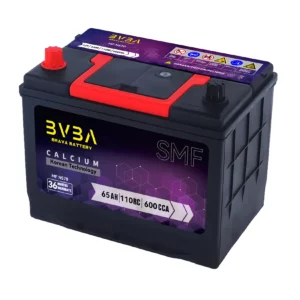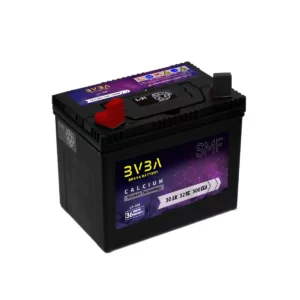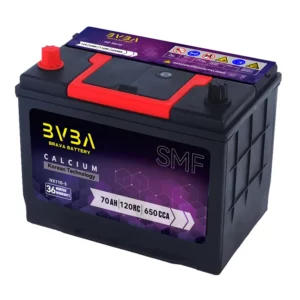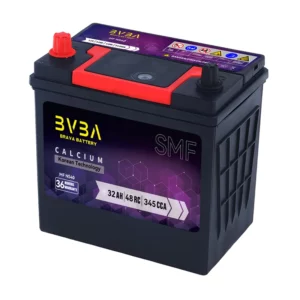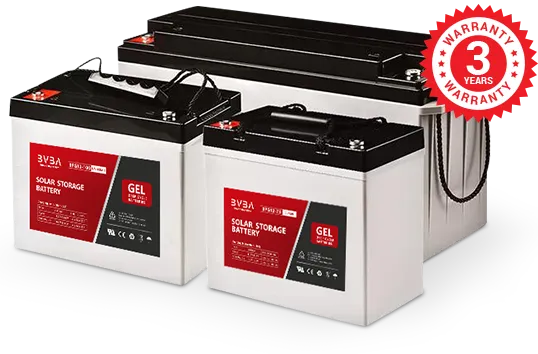It’s sustainable, allowing you to use the sun to create your own energy supply rather than drawing energy from the grid. Using less energy from the grid makes it a cost-effective way to power your home, too – and help save on your electricity bills.
However, installing solar panels isn’t the only part of creating a sustainable solar set-up.
Install a solar battery to your solar power system
Solar panels are a great start, but they can only generate energy when the sun is shining. That’s where a solar battery can help.
It stores unused energy from your solar panels to use at night-time, or on a cloudy day. You’re paying for even less energy from the grid, so it’s still a great way to use more of your own solar energy.
Plus, an AGL battery helps you support your local community. It can speak to other solar home batteries in your neighbourhood to create a Virtual Power Plant and support the grid when needed like on a hot day when lots of people turn on the air-con at the same time.
How do solar panels and batteries work together?
There are a number of components that make up a home solar system. First, you have your solar panels, which feed energy into an inverter. The energy then travels through a switchboard where it’s directed to the appliances in your home.
When the sun isn’t shining, the grid steps in to keep your power running. If you’re generating more solar energy than you need, that energy will go back into the grid and you’ll receive a solar feed-in tariff (FiT) as a credit on your bill.
But if you’ve installed a battery solar system, the switchboard directs any excess solar energy you are generating to the battery – charging it up for later use. When the sun goes down or you’re using more energy than your panels produce, your battery’s stored energy will power your appliances. And if your battery is empty, the grid will lend a helping hand.
Here’s an example of how an AC-coupled battery system works, involving a battery being added to an existing solar system.
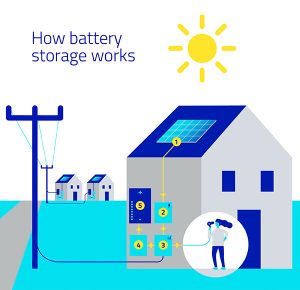
- The solar panels take in sunlight.
- The solar energy travels as direct current (DC) through the solar inverter so it can be converted into alternating current (AC) energy that everyday appliances can use.
- The switchboard then directs the solar energy to where it’s needed. First, it will power the appliances in your home, then direct any excess to the battery inverter.
- The battery inverter converts the energy into a form of storable energy.
- The battery stores the energy to use for when the sun goes down.
In this scenario, there’s a change in the battery, so energy from the grid isn’t required to power the home.
And then, when the sun goes down…
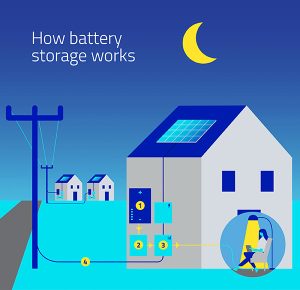
The solar panels stop generating energy and the household switches to
stored battery energy.
1. The battery starts sending energy through the battery inverter to power the home.
2. The battery inverter converts the energy into a form that appliances can use.
3. The switchboard directs the energy to your appliances.
4. When the battery’s charge runs out, the grid will kick in and provide energy to keep your appliances running.
SOLAR BATTERY SIZE, LIFE CYCLESAND DISCHARGE RATES
A solar battery can only be charged and discharged so many times, this process is called a cycle. The best solar batteries can handle upwards of 4,000 cycles and normally come with a 10-year warranty, though their lifespan may be shorter if cycled often.
Depth of discharge
Solar batteries don’t discharge to their full capacity. Lithium-ion batteries typically discharge to around 90 – 95% of their capacity. If a battery is regularly discharged beyond the depth of discharge, it will shorten its life.
Battery capacity
The battery size is measured in kWh units. A 10 kWh battery’s useful capacity may really only be 9.5 kWh, if it has a depth of discharge of 95%.
Functionality
Some battery storage systems come with added functionality like power backup and the ability to sell to the grid during peak demand. A solar system with battery backup can power your home in the event of a blackout.
Not all systems have this added functionality, for some, it is built in, others it can be added, while for some it is not possible at all. Increased functionality will add to the overall solar battery storage price.
AC and DC batteries
The configuration of your solar panel and battery system may differ depending on the type of battery you buy. An AC battery can be retrofitted to any system. Many DC batteries can be fitted to systems too, but bear in mind that the type of battery can impact on functionality and not every battery may be able to be retrofitted to your existing system.
Tag in this article: #Solar Battery
Tips: more detail information, for Solar Panel Batteries.

